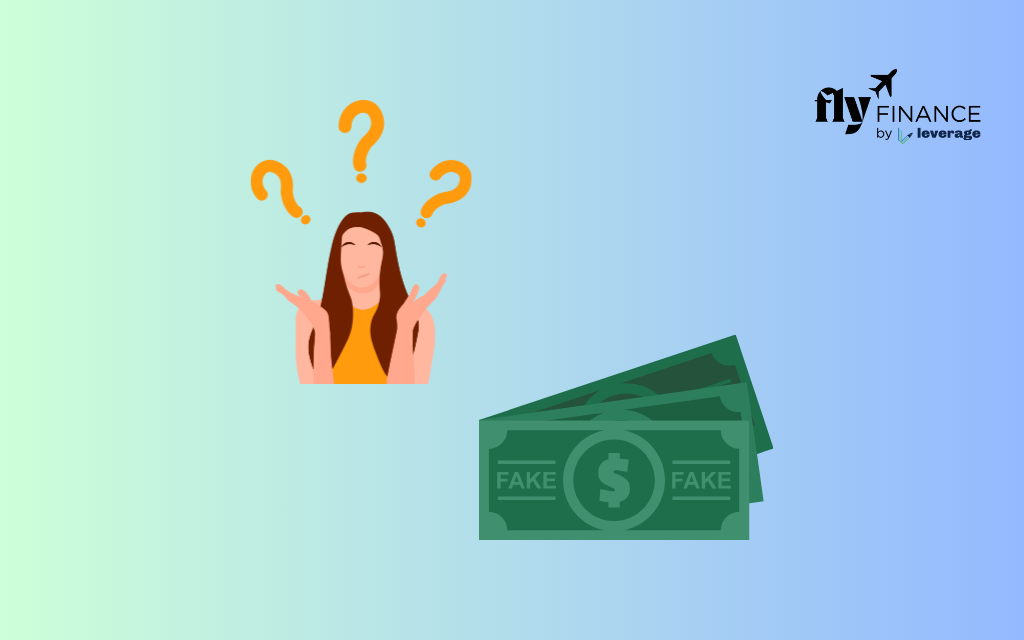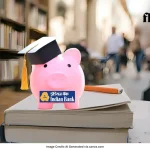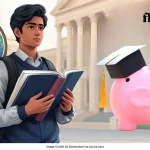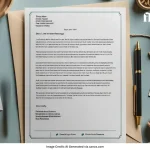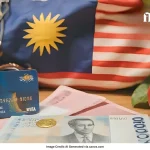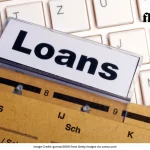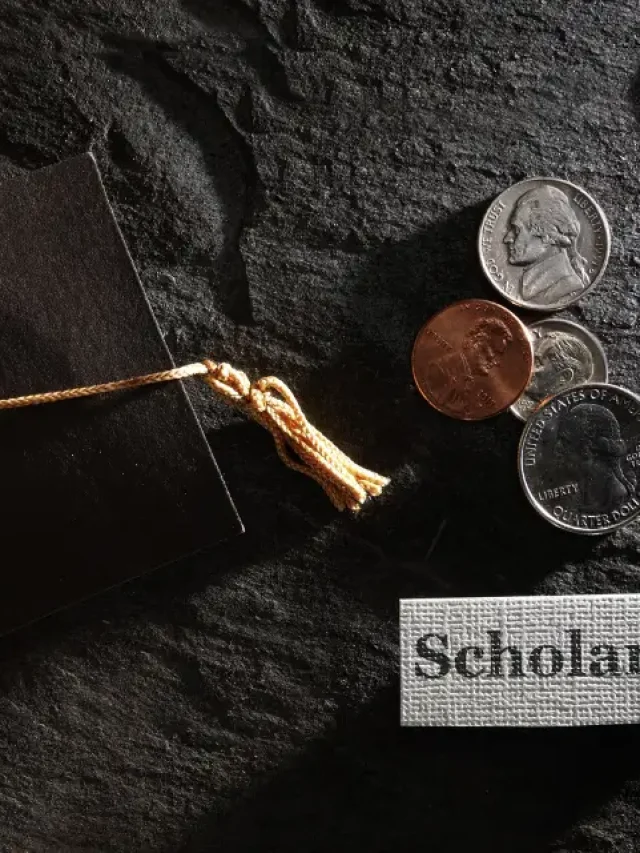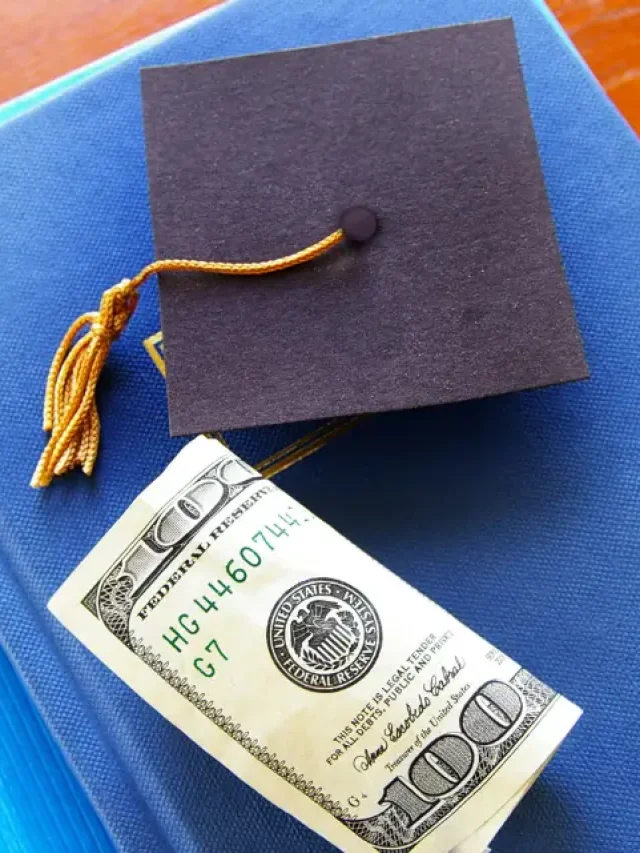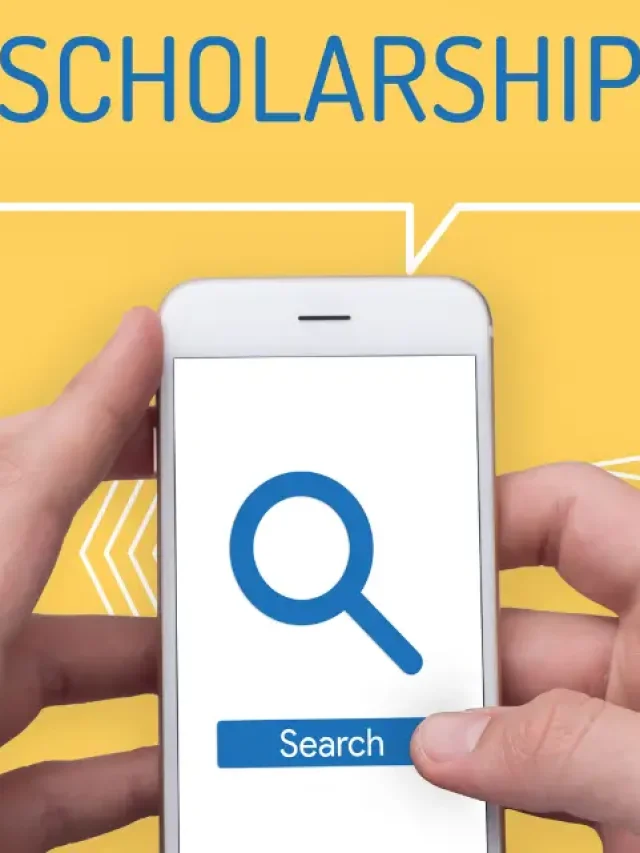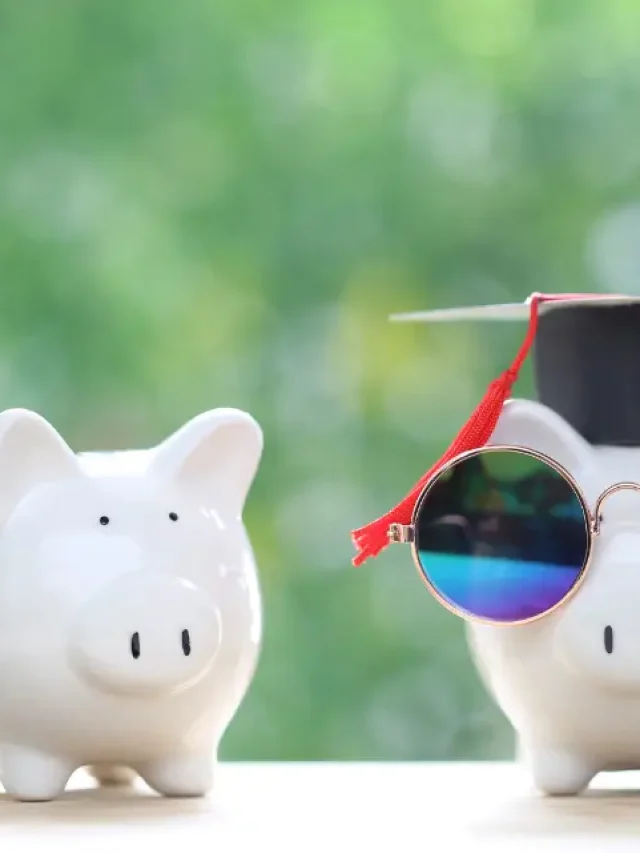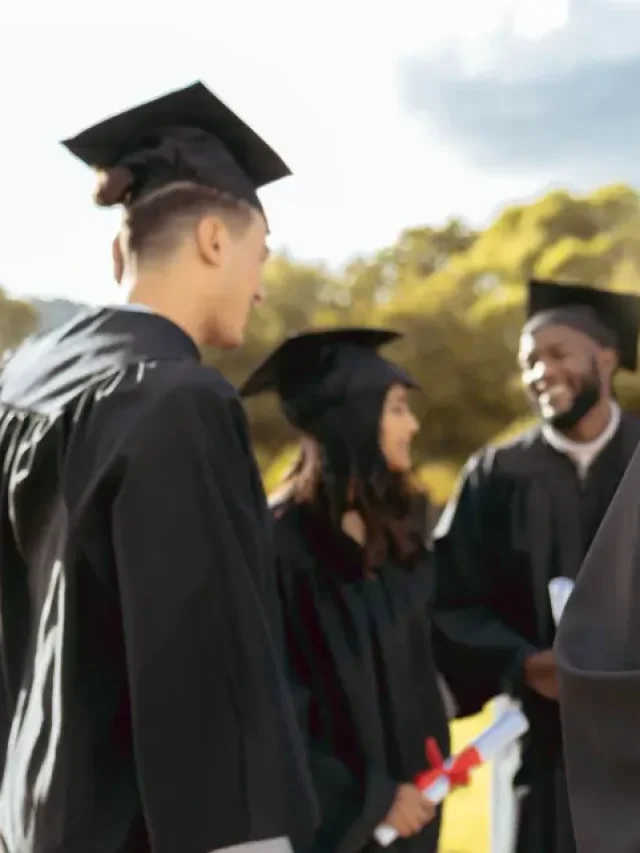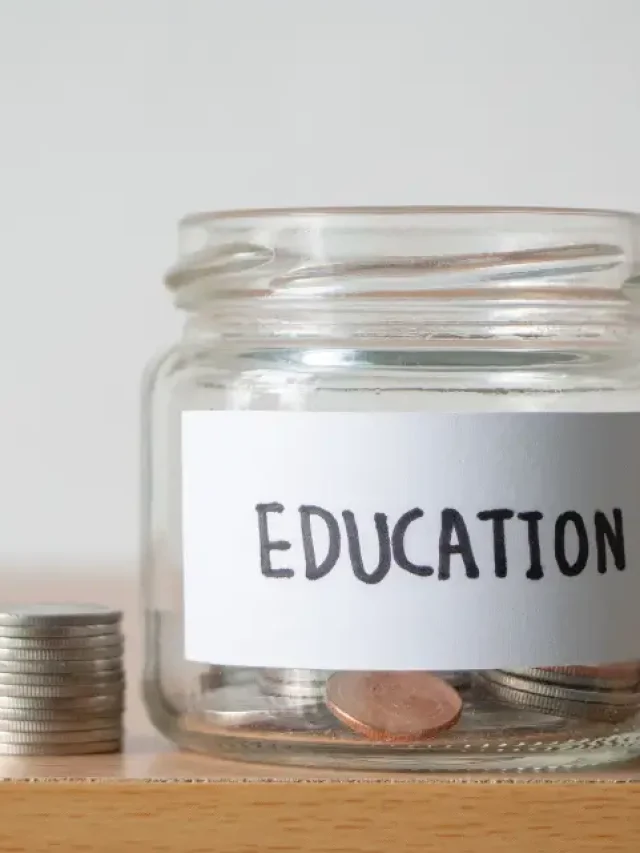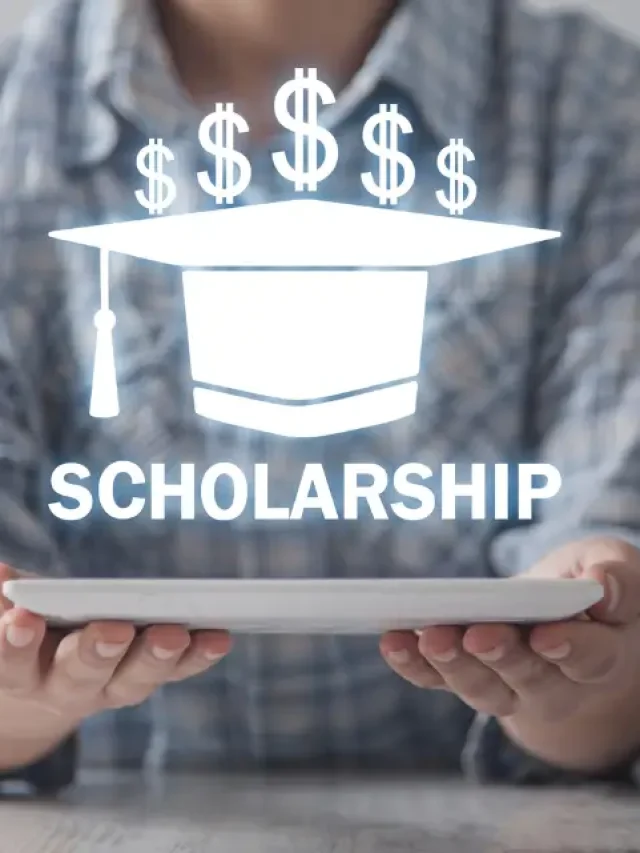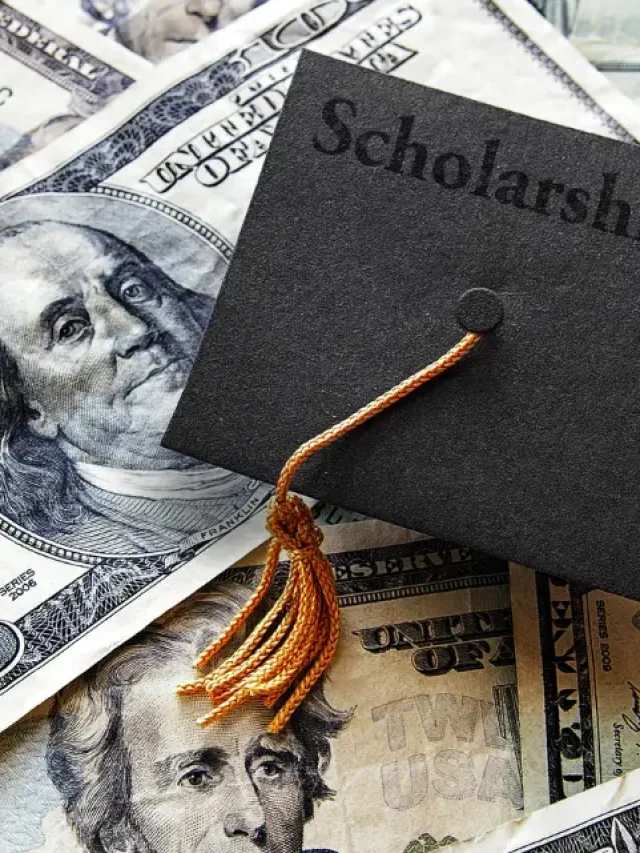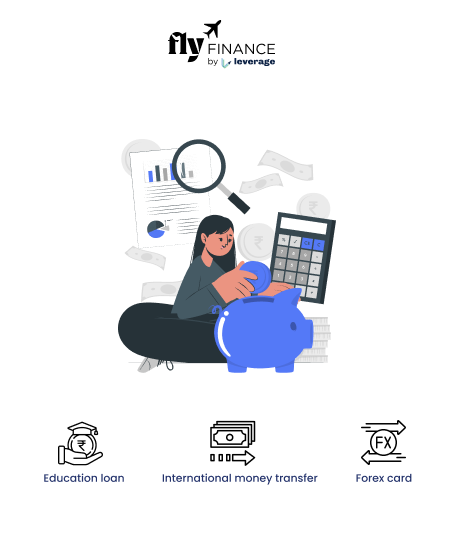Wondering what’s counterfeit currency? It is any currency that is produced through illegal means. As technology advances, so do the methods used to replicate currency. According to the Federal Reserve Bank of Boston, the US Dollar is the most commonly counterfeited currency in the world.
They are fake currency notes that are produced to deceive individuals and businesses. The production of counterfeit currency can have a significant impact on the economy. In this blog, we will understand what counterfeit dollars are, how they’re produced, their impact on the economy, and ways to identify them. This can save you against pervasive financial threats.
Table of contents
Also Read: If you are travelling to London to study abroad, check out our blog on Currency Exchange in London and learn about different ways to exchange currency.
What are Counterfeit Dollars?
Currency printing is done by the centralised entity in the country. For example, The Reserve Bank of India regulates the printing of Indian currency and the US Federal Reserve is the responsible entity in the US.
Counterfeit dollars are fake currency notes that imitate the appearance of genuine US dollars. These fake bills are produced to deceive individuals, businesses, and financial institutions. The production of counterfeit money is illegal and a serious offence. The counterfeit dollars are produced without the legal sanction of the state or the government to resemble original dollars.
If you are planning to study in the US, check out the Top Indian Banks Providing Education Loans to study in the USA.
How Counterfeit Dollars are Produced?
Counterfeiters utilize various techniques to replicate authentic currency. They acquire heavy machinery to counterfeit dollars. The right kind of ink is also acquired to replicate the expert production of printing plates. Procuring the right paper is another challenge. Some common methods include:
Offset Printing- Using commercial-grade printing equipment to replicate bills. High-quality printers and specific paper are often used to mimic the look and feel of real currency.
Intaglio Printing- This method involves raised printing to imitate the fine details present in genuine currency, giving the fake bills a textured feel.
Chemical Alteration- Modifying real currency by using chemicals to erase and modify existing denominations to a higher value.
Digital Reproduction- Employing advanced scanners, computers, and printers to create highly detailed counterfeit bills.
How to Detect Counterfeit US Dollars?
No matter what methods are used to produce counterfeit dollars, it is easy to identify fake bills. Security features, such as special paper, watermarks, ink used, and holographic strips, make it very challenging for counterfeiters to replicate. It is essential to know how to spot fake bills. You can feel the texture of the note, and learn about the security features. Follow these steps to identify a counterfeit dollar-
Examine the Security Features
Genuine U.S. currency contains various security features like watermarks, security threads, colour-shifting ink, and microprinting. Familiarize yourself with these features to detect counterfeits.
- You can hold the bill up to the light. Check if the thread is embedded in the paper (and not printed), It runs vertically through the paper to the left of the Federal Reserve Seal.
- You should be able to read the inscriptions from both the front and back of the note, which should be visible only against the light.
- Hold the bill up to the light and check for watermarks. On authentic notes, the watermark is embedded in the paper to the right of the portrait and should be visible from both sides of the bill.
- Examine colour-shifting ink. Authentic notes would appear to change colour when the note is tilted.
- Examine micro-printing. These are the small words and numbers that are hardly visible to the naked eye. Since micro-printing is hard to duplicate, counterfeit dollars will not have any. Also, microprinting will be crisp and clear on authentic notes, while it will be blurry on counterfeit dollars.
Feel the Texture and Judge by Sight
Authentic bills have a distinct texture due to the paper used and the raised printing technique. Counterfeits may feel smoother or lack the characteristic texture of real currency.
- Genuine currency has slightly raised ink that is produced in the intaglio printing process. You should be able to feel the texture of this ink, especially if you are holding a new dollar bill.
- You are also likely to feel distinctive ridges when you run fingernails over the portrait’s vest of the bill. If you are unable to feel it, it is likely to be a counterfeit dollar.
- Notice the thinness of the bill. Authentic notes undergo thousands of pounds of pressure during printing. As a result, the real dollar should feel thinner and crisper than the counterfeit dollar.
Compare Bills
If you are doubtful about the currency. compare suspect bills with known genuine bills of the same denomination. Spot differences in print quality, colour, and design. Holding it next to a bill you know is authentic may help you feel a difference.
If you come across a counterfeit dollar or any other counterfeit currency, you must report it to the appropriate authorities. It is illegal to possess a counterfeit dollar.
Also Read: Thinking about exchanging currency at the airport? Hold on with that thought. Check out our blog on Airport Currency Exchange Rates and learn about the pros and cons of exchanging money at the airports.
Impact of Counterfeit Dollars on the Economy
According to the United States Secret Service, millions of counterfeit dollars are confiscated each year, with a significant number originating from foreign sources. They can have severe repercussions on the economy-
Loss of Trust- Counterfeits erode trust in the financial system, affecting confidence in currency and leading to economic instability.
Financial Losses- Businesses and individuals can suffer significant financial losses if they unknowingly accept counterfeit bills, as they are worthless and cannot be exchanged for genuine currency.
Economic Disruption- The circulation of counterfeit money disrupts the proper functioning of monetary policy, leading to inflation and economic imbalance.
Related Blogs on Counterfeit bills:
FAQs on Counterfeit Dollars
A counterfeit dollar is a fake currency note that is produced illegally to cheat individuals, businesses and financial institutions. It is produced without the legal sanction of the government to resemble the official form of currency.
The Department of Homeland Security reports that counterfeiting is more prevalent in larger denominations, particularly $20 and $100 bills. The $20 bill is the most commonly counterfeited dollar in the U.S., while overseas counterfeiters are more likely to make fake $100 bills.
No, counterfeit dollars are fake currency notes that are produced to resemble the original dollar notes. The counterfeit dollars are produced closely enough that may confuse people for genuine currency but they are not real money.
Absolutely. Anybody who knowingly or unknowingly performs the process of counterfeiting any currency or bank notes is imprisoned by federal law for a term of a maximum of 20 years, and shall also be liable to a fine.
You must always report counterfeit currency. To report counterfeit dollars, visit the Secret Service website to complete a counterfeit note report or contact your local US Secret Service Field office.
This was all about counterfeit dollars and how they are printed. Printing fake currency is a crime and one should not indulge in such activities as it can have a great impact on the economy including loss of trust in the financial system of the country. Thus, by following the steps discussed above, you can learn to identify counterfeit dollars and save yourself against financial threats.
For straightforward advice on study abroad finances, call 1800572126. Discover easy loan applications, the best student bank accounts, and seamless forex services.
| Related Blogs |
| Currency Exchange in Victoria |
| IDFC First Bank Forex Cards vs Credit Cards |
| Education Loan Rejection with High Credit Score |
Follow Us on Social Media

